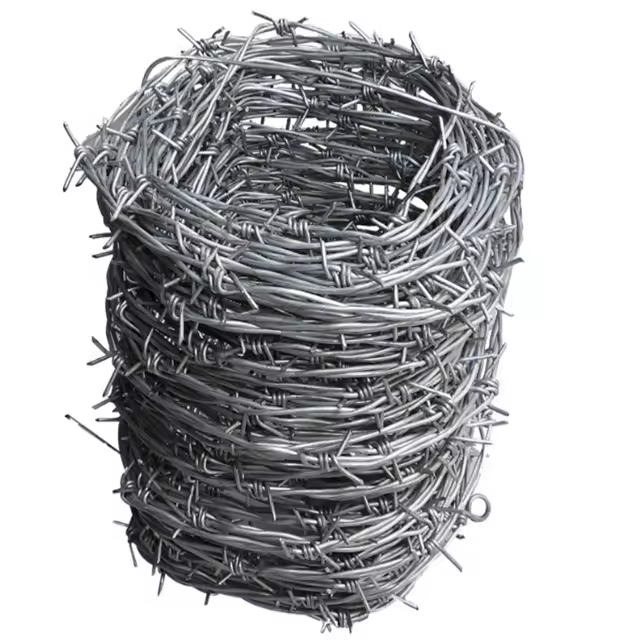
Sep . 30, 2024 09:27 Back to list
Installation Guide for 3D Fence Panels Easy Step-by-Step Instructions
Installing 3D Fence Panels A Comprehensive Guide
In today’s world, enhancing the aesthetics and security of your property is more important than ever. A popular choice among homeowners and businesses alike is the 3D fence panel. These panels not only provide effective barriers but also add style and sophistication to any landscape. If you are considering installing 3D fence panels, this guide will walk you through the process, ensuring a secure and visually appealing result.
What are 3D Fence Panels?
3D fence panels are a modern fencing solution made from galvanized steel, coated with a protective layer to resist corrosion and rust. They typically feature a unique, three-dimensional design consisting of vertical and horizontal wires, which not only serves the purpose of security but also adds an aesthetic appeal. These panels come in various heights and widths, making them suitable for a range of applications—from residential backyards to commercial properties.
Benefits of 3D Fence Panels
Before diving into installation, it’s essential to understand why 3D fence panels are an excellent choice. Some key benefits include
- Durability Made from high-quality materials, these panels withstand harsh weather conditions and last for years with minimal maintenance. - Security The sturdy construction provides a solid barrier against trespassers, making it a preferred option for security-conscious property owners. - Versatility Available in different styles and colors, 3D fence panels can complement various architectural themes. - Easy Installation The panels are designed for straightforward installation, making it accessible for DIY enthusiasts.
Tools and Materials Needed
Before starting the installation, gather the necessary tools and materials. Here’s a checklist
- 3D fence panels - Posts (metal or concrete) - Post brackets - Concrete mix (if using concrete posts) - Level - Measuring tape - Drill with appropriate bits - Wrenches or screwdrivers - Fence post driver or hammer - Safety gear (gloves, goggles, etc.)
Step-by-Step Installation Guide
Step 1 Planning and Layout
Begin by planning your fence layout. Determine the area where you will install the fence and mark the corners with stakes. Use a measuring tape to establish the distance between each post; typically, posts should be spaced about 2 to 3 meters apart.
3d fence panel install

Step 2 Digging Holes for the Posts
Using a post hole digger, create holes for each post. The depth of the holes should be about one-third of the post’s height above ground. This ensures stability, particularly in high winds or harsh weather conditions.
Step 3 Setting the Posts
Place your posts in the holes and check for vertical alignment using a level. For added strength, fill the holes with concrete mix and allow it to set as per the manufacturer’s guidelines. Make sure the posts remain upright and aligned during this process.
Step 4 Attaching the Brackets
Once the concrete is fully cured, attach the post brackets to the tops of the posts. Ensure they are securely fastened, as these will hold the weight of the 3D panels.
Step 5 Installing the Panels
Start at one end of the fence, aligning the first 3D panel with the brackets. Use screws or bolts to secure the panel to the brackets. Repeat this process for each subsequent panel, ensuring they fit snugly together. A level should be used to keep the panels straight.
Step 6 Finishing Touches
Once all panels are installed, inspect the overall appearance and make any necessary adjustments. Trim any excess material if needed and secure the ends of the fence to ensure a neat look.
Conclusion
Installing 3D fence panels can significantly enhance your property’s security and aesthetics while being a project suitable for DIY enthusiasts or professionals alike. With the right tools and preparation, you can transform your outdoor space into a secure, stylish environment that stands the test of time. Whether for privacy, safety, or decoration, 3D fence panels are an investment worth considering.
-
868 and 656 Wire Fence Factory & Suppliers - Durable Security Fencing Solutions
NewsJun.24,2025
-
FENC 3D Mesh Fence – Durable, Secure & Easy Installation Custom Quotes & Factory Direct Supply
NewsJun.10,2025
-
Decorative Metal Fencing 3D Supplier – Custom Metal Screen Fencing Manufacturer & Pricelist
NewsJun.10,2025
-
High-Quality Metal Fence Panel - Durable Metal Brown Panel Fence Product & Exporter
NewsJun.10,2025
-
Lawn Chain Link Fencing - Durable & Affordable Solutions Secure Lawn Fences
NewsJun.10,2025
-
Heavy-Duty Metal Fence Posts for Deer Control Factory Direct Supplier
NewsJun.10,2025
